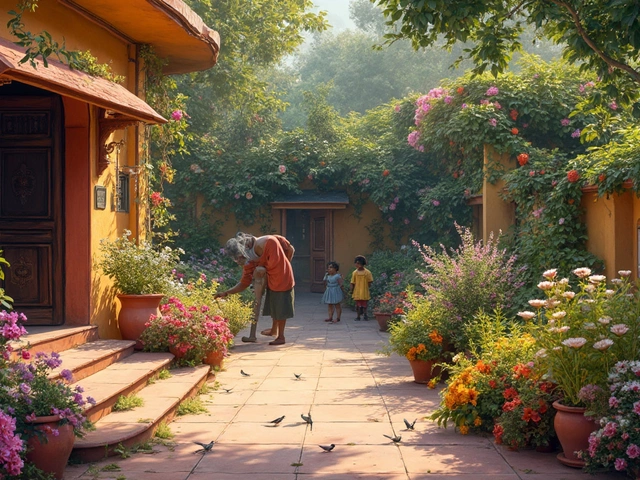Best Season for Gardening in India: When to Plant for Success
Ever wondered why some gardeners get bumper harvests while others end up with weak sprouts? The secret is simple – they plant at the right time. In India the climate changes a lot from north to south, so knowing the best season for each region can turn a shaky garden into a thriving one.
Understanding India's Climate Zones
India isn’t a single weather box. The north faces chilly winters, the south enjoys warm, wet summers, and the central plateau swings between dry heat and short rains. Generally you have three planting windows:
- Winter (Oct‑Feb): Cool nights and moderate days make this the sweet spot for wheat, mustard, peas, carrots, and many cool‑season vegetables. In the south, you can grow beans, lettuce, and herbs.
- Pre‑Monsoon (Mar‑May): Soil heats up, but the rains haven’t started yet. This is the best time for tomatoes, chilies, brinjal, and most fruit trees that need a long warm period before fruiting.
- Monsoon (Jun‑Sept): Heavy rains dominate the east, west coast and northeast. Rice, maize, and water‑loving crops love this window. If you grow veggies, choose fast‑growing varieties like gourds, cucumber, and okra that can be harvested before the flood.
High‑altitude areas like Kashmir or Himachal need a later start in spring because the soil stays cold longer. Coastal zones can grow year‑round, but you still want to avoid the peak cyclone months (May‑Oct) for delicate plants.
Practical Tips for Each Season
Winter planting: Loosen the soil now and add compost. Cool‑season seeds germinate faster when the soil is around 15‑20°C. Use row covers if night frost hits below 5°C. Water sparingly – the rain is minimal.
Pre‑monsoon planting: Prepare raised beds to improve drainage before the heavy rains arrive. Start seedlings indoors or in a shade net to protect them from scorching sun. When the soil reaches 20‑25°C, transplant outdoors.
Monsoon planting: Choose disease‑resistant varieties because humidity invites mold. Mulch heavily to keep soil from splashing onto leaves. If the field floods, have a plan to move pots to higher ground.
For flowers, the best blooming months line up with the same climate windows. Marigold, rose, and hibiscus peak in the post‑monsoon period, while lilies and gladiolus love the cooler winter months.
Remember, timing isn’t the only factor. Soil health, proper spacing, and regular feeding are just as important. A quick soil test before each planting window tells you if you need extra lime for pH or more organic matter for drainage.
Bottom line: match your crops to the climate window, prep the soil early, and adjust water based on real‑time rain. Follow these steps and you’ll see stronger growth, bigger yields, and fewer surprises throughout the year.
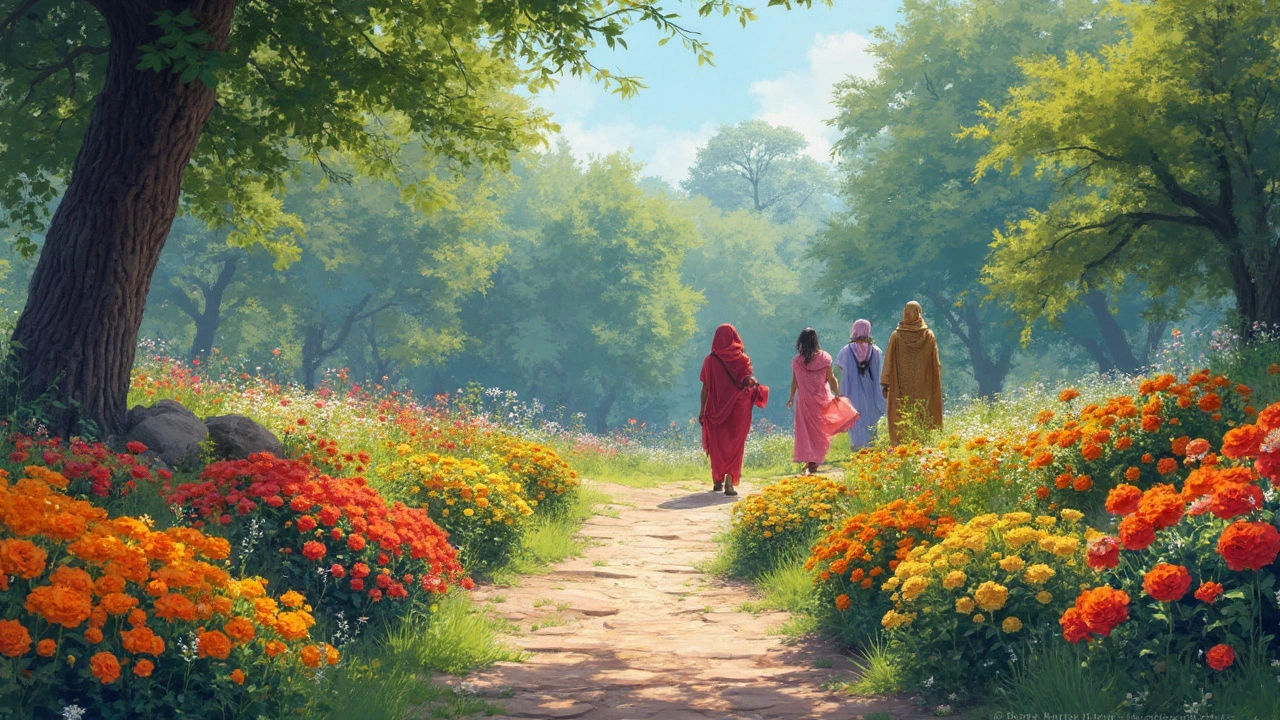
Best Season for Flowers in India: Unveiling the Blooms
Discover the best season for flower gardening in India, where vibrant blooms paint the landscapes. From winter to monsoon, each season brings its own array of colorful flowers. Learn how seasonal changes impact gardening and get tips for optimal flower varieties. Whether you're a seasoned gardener or a beginner, understanding the best time to plant can lead to thriving blooms.
About
Flower Gardening
Latest Posts
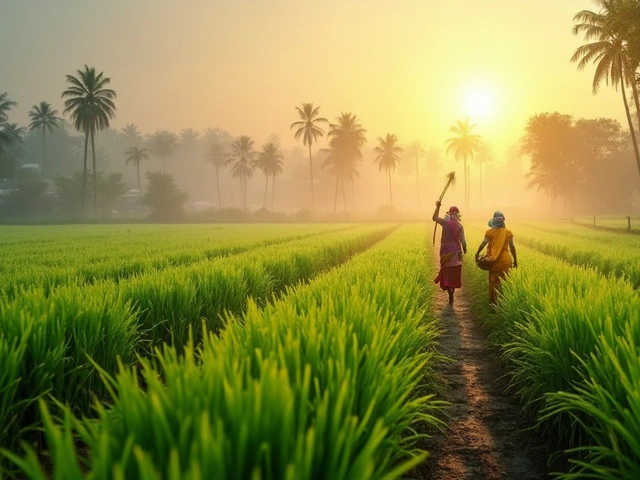
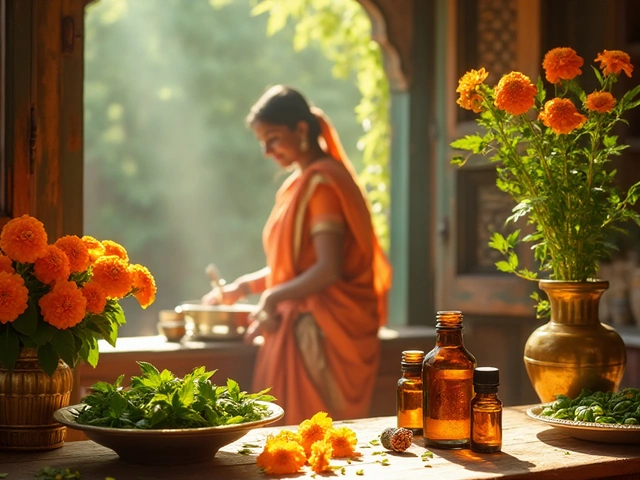
Natural Aromas That Repel Bugs: What Scents Keep Pests Away?
By Alden Thorne Jan 31, 2025
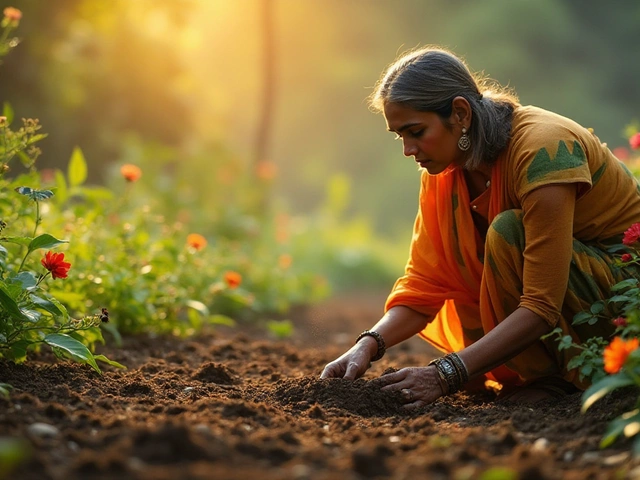
Unlocking the Secrets of Regenerative Gardening for a Greener Planet
By Alden Thorne Nov 24, 2024
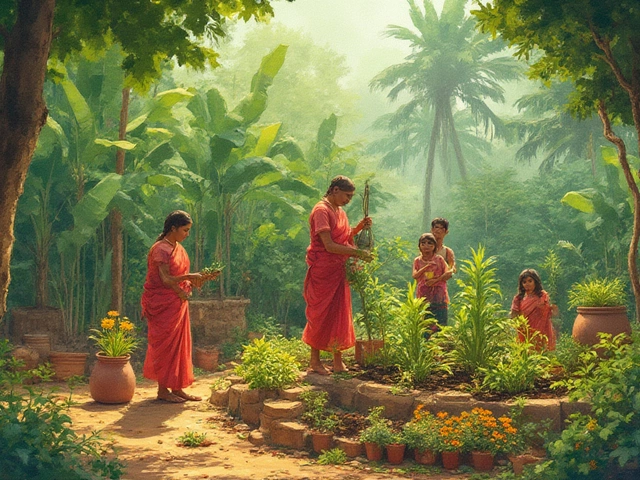
Sustainable Gardening: Tips to Make Your Garden Eco-Friendly and Self-Sufficient
By Alden Thorne Aug 1, 2025
